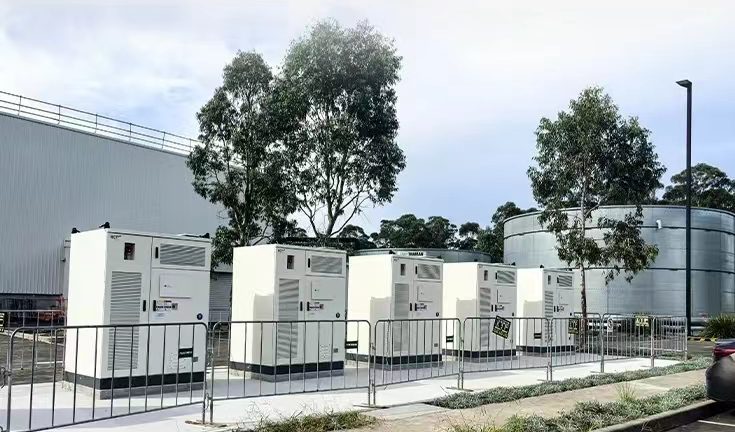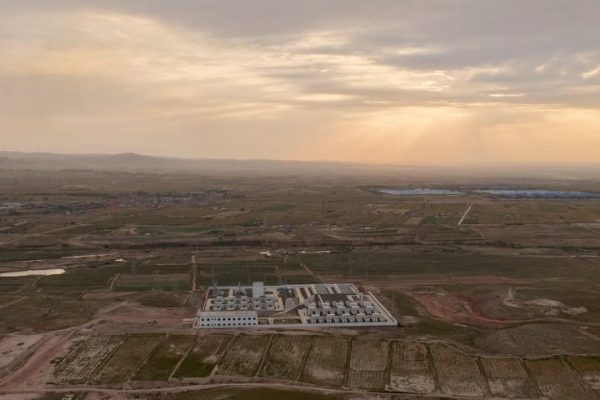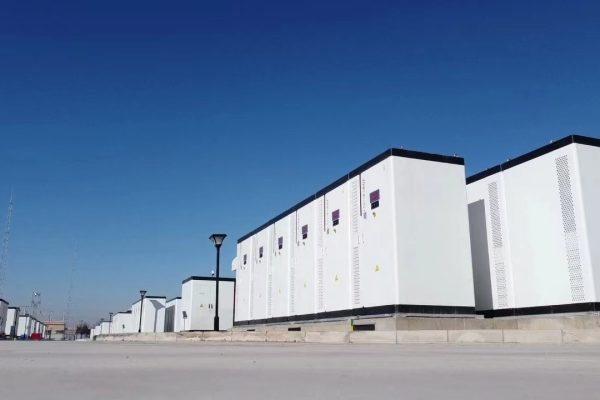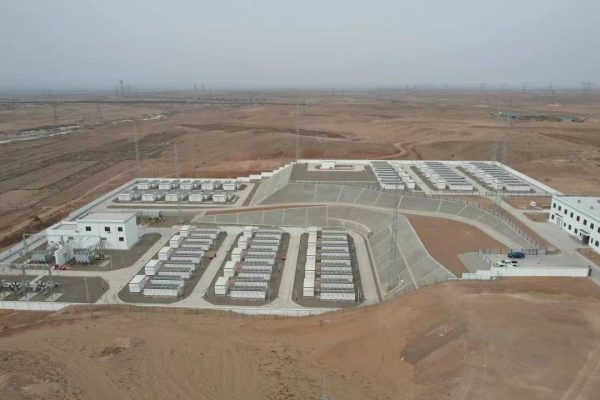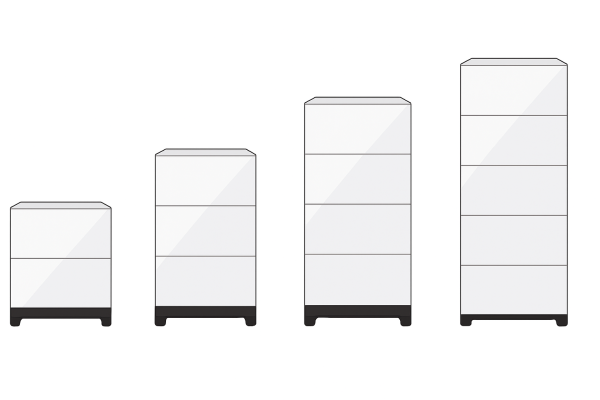What Foreign Trade Partners and Installers Need to Know
1. Introduction
As solar power adoption increases among homeowners and small businesses, many clients are now adding battery storage to existing PV systems or planning for it from the beginning. While solar panels and batteries serve different roles, their integration—especially in small- to medium-scale systems—requires careful design coordination.
Whether you’re supporting clients in new hybrid projects or retrofitting storage to existing systems, understanding the key technical and practical design considerations is essential. This article outlines the most important factors foreign trade partners should understand when helping customers add storage to a PV setup.
2. Why Add Storage to PV Systems?
The motivations vary, but typical drivers include:
- Reducing grid dependency
- Protecting against outages (backup power)
- Shifting load to lower-cost time windows (load shifting)
- Avoiding peak demand charges (peak shaving)
- Increasing self-consumption and improving ROI
As storage becomes more affordable and grid policies evolve, solar + storage is quickly becoming the norm rather than the exception.
3. System Architecture: AC-Coupled vs. DC-Coupled
One of the first decisions in system design is how storage connects to the PV system. Two main configurations exist:
✅ DC-Coupled Systems
- Both PV and battery feed into a hybrid inverter
- One inverter manages solar and battery power
- More efficient during charging (fewer conversions)
Best for:
- New installations
- Clients aiming for higher efficiency
- Lower system losses
✅ AC-Coupled Systems
- Existing PV inverter remains untouched
- A separate battery inverter or hybrid inverter is added
- Simpler retrofit for existing systems
Best for:
- Adding storage to older PV systems
- When replacing the inverter is not desired
- Flexible upgrades
4. Key Considerations When Adding Storage
🔧 1. Inverter Compatibility
- If using a hybrid inverter, ensure it supports both the PV input and the battery voltage range.
- For AC-coupled designs, make sure grid-tie inverter and battery inverter can synchronize properly.
🔋 2. Battery Voltage and Capacity
- Match battery system voltage to the inverter’s input specs (e.g., 48V, 100V, 400V).
- Calculate daily energy consumption and desired backup time to select battery size.
- For example, a household using 10 kWh/day might require a 15 kWh system with 80% DoD and reserve margin.
🧠 3. EMS (Energy Management System)
- Decide whether a basic internal EMS (integrated in hybrid inverter) is enough.
- For more complex needs (e.g. peak shaving, EV charging), consider external EMS.
🌞 4. PV Array Design Impact
- If adding storage, PV oversizing might be useful to maximize daytime charging.
- For DC-coupled systems, ensure MPPT inputs on the inverter can handle new strings.
- In AC-coupled systems, avoid system clipping due to total power > grid feed limit.
⚠️ 5. Grid Regulations
- Confirm local interconnection standards for PV+ESS systems.
- Some grids limit battery export; others require anti-islanding, remote control, or DSO approval.
- Off-grid capability? Islanding function? These must be clearly defined in design.
5. Retrofit or New Build? Key Design Differences
| Feature | New Build (Hybrid) | Retrofit (AC-Coupled) |
|---|---|---|
| Inverter Type | Hybrid inverter | Add battery inverter |
| Cost Efficiency | Higher long-term ROI | Lower initial cost |
| Energy Efficiency | Better (less conversion) | Slightly lower |
| Installation Complexity | Medium | Lower (reuse existing gear) |
| Flexibility | Medium to high | High (can mix brands) |
As a technical foreign trade partner, you should understand the client’s site and goals to recommend the best architecture.
6. Case Example: Adding Storage to a 10kW Rooftop PV System
Original Setup:
- 10kW on-grid inverter
- 20 x 500W panels
- No energy storage
- Load: 30–35 kWh/day
Client Goal:
Use solar at night and gain some backup power.
Design Option 1: AC-Coupled Retrofit
- Add 10–15kWh Li-ion battery
- 5kW bidirectional inverter
- Minimal changes to existing PV
- Cost-effective, simple install
Design Option 2: DC-Coupled Rebuild
- Replace inverter with 10kW hybrid
- Use 15kWh battery, connect via DC
- Expand PV strings to 12kW for oversizing
- More efficient, but higher upfront cost
7. Best Practices When Supporting Clients
- Ask about site constraints: roof space, noise tolerance, cooling conditions
- Clarify their goals: energy independence, backup, or financial savings?
- Check expansion potential: do they want to add batteries later?
- Confirm inverter model availability in destination country
- Provide SLD (single-line diagrams) for approval and inspection when needed
Offering practical technical advice, not just price lists, is what sets foreign trade partners apart in the ESS market.
8. Recently Published Articles You May Also Like
- 👉 System Layout: Rack, Container, Cabinet – What to Choose?
- 👉 How Small Factories Can Use Peak Shaving to Save Electricity Bills
- 👉 Modular Storage Cabinets: How to Customize for Flexible Demand
9. Conclusion
Designing a PV+storage system is not about stacking components—it’s about aligning electrical design with site realities and user goals. By understanding the core design principles, you can support your clients with tailored solutions, avoid costly mismatches, and grow your reputation as a capable and responsive partner.
Whether it’s a retrofit or a new hybrid build, the foreign trade partner who understands the design logic becomes more than a supplier—they become part of the project team.





